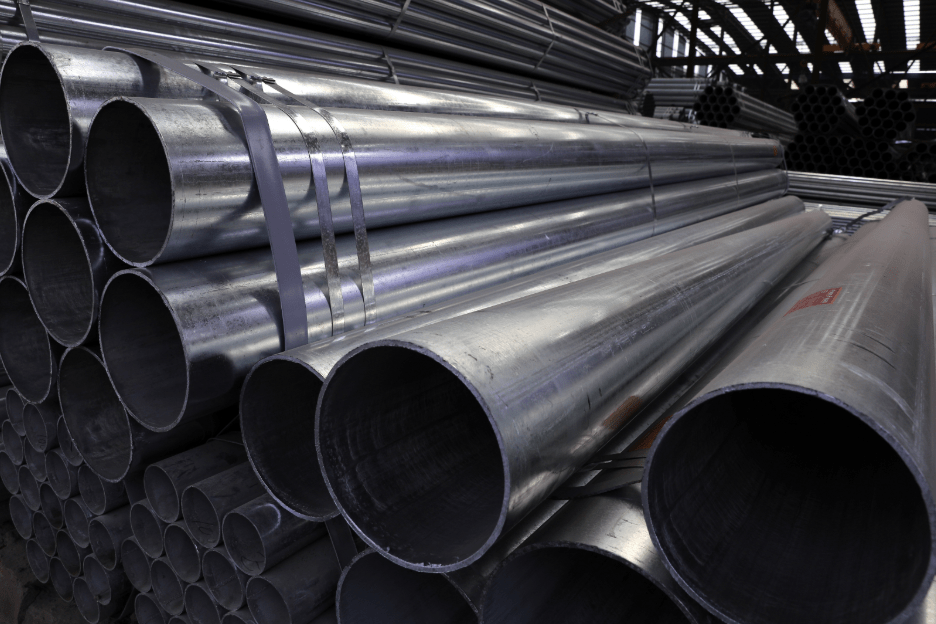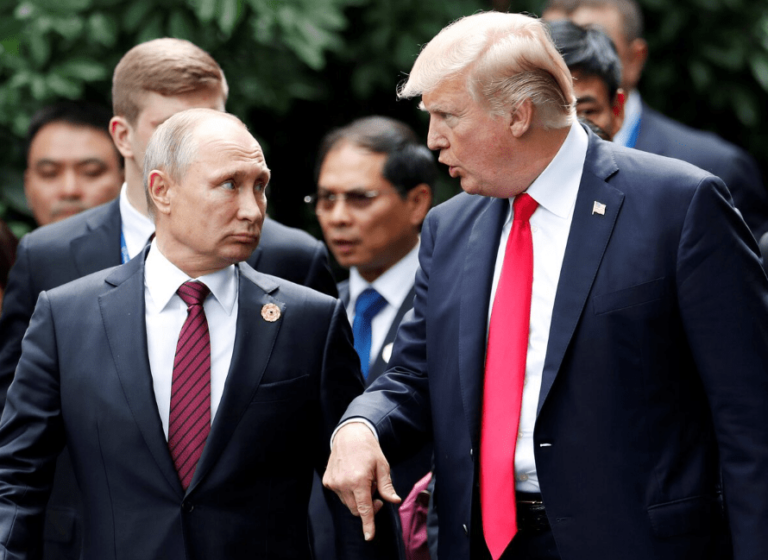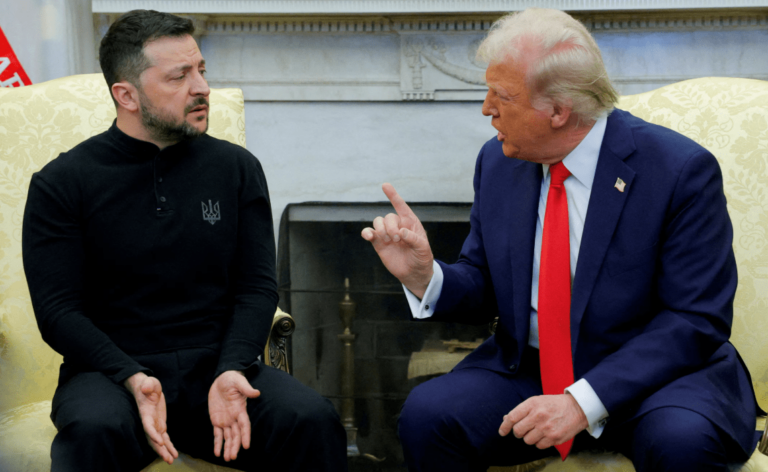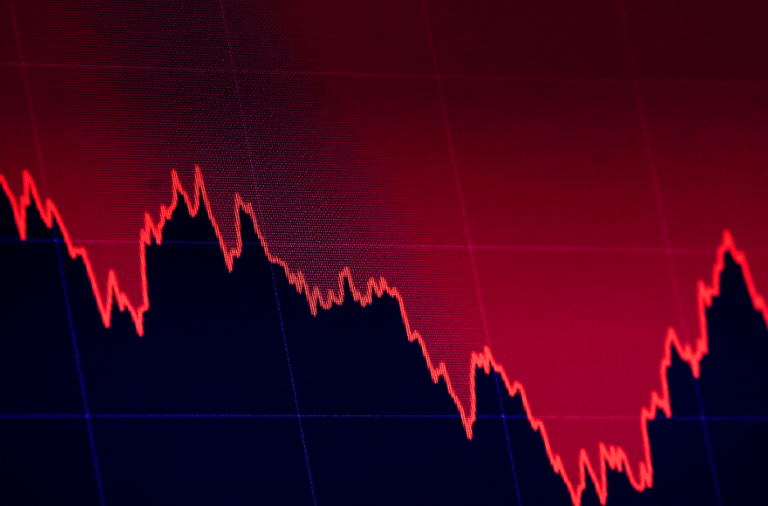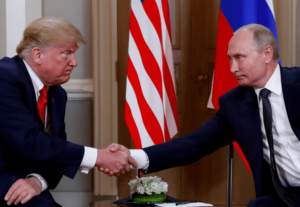President Donald Trump confirmed plans to impose a 25% tariff on all steel and aluminum imports into the United States, marking another step in his administration’s trade policy aimed at protecting domestic industries.
Speaking to reporters aboard Air Force One on Sunday, Trump stated that the tariffs would be formally announced on Monday. He also hinted at a broader trade initiative, suggesting that additional reciprocal tariffs may be introduced later in the week to counter foreign duties on American goods.
“If they charge us, we charge them,” Trump said, without specifying which countries would be affected or when the measures would take effect.
Escalating Trade Measures
The new tariffs come amid a series of trade actions taken by the Trump administration. Last week, the president implemented a 10% tariff on all Chinese imports, leading to swift retaliation from Beijing, which imposed tariffs on certain U.S. products, launched an investigation into Google, and added major American brands to its trade restrictions list.
The White House has also paused tariffs on Mexican and Canadian imports until at least March 1, as officials work to develop a system for tracking small-value goods entering the U.S. market.
Impact on Industry
The United States, while no longer as manufacturing-driven as in past decades, still consumes millions of tons of steel and aluminum each year for industries such as automotive, aerospace, energy, and construction. Increased tariffs could raise production costs across these sectors, not only by making imported materials more expensive but also by allowing domestic producers to raise their prices due to reduced competition.
Canada and Mexico remain the top suppliers of steel to the U.S., accounting for nearly 25% and 12% of steel imports, respectively. Previous tariffs on steel, imposed by Trump during his first term in 2018, resulted in a significant decline in steel imports, though domestic production did not fully compensate for the shortfall.
Uncertain Economic Outlook
Despite protectionist measures benefiting some domestic manufacturers, U.S. steel production has faced challenges. While tariffs provided a temporary boost, production levels have declined over the past decade, with output last year falling nearly 10% compared to a decade prior.





